
I’m reminded again of that beautiful song that sings: “I ain’t gonna study war no more.”
Instead, we study peace, we study love and compassion. But what does that mean really? After all, we don’t get to peace through more separation. We create peace by seeing the other as a wounded lover, child, being – as wounded and estranged as we ourselves are. “Love and Compassion” is radical revolution, and its not always soft. Its surely ruthless. Both in this play and in in all of life, flowers are to me the most heroic symbol of love and compassion – the union of both/and. I am learning give up my weapons, my armaments. This play teaches me everyday. This play lives inside me. In that same way, Love teaches me everyday. Love is that benevolent but ruthless force that wants to break me open into being fully human. Compassion is what allows it all to happen.
For two more nights (tonight Monday, and now Tuesday as well) I’m offering up my inner world for friends and strangers to come watch me be a fool for love, be radically vulnerable, be present with my own wounds and ignorance, and commit to my own longing. I invite you to come not only to watch, but to participate – to receive and commit to the same for yourself – for your life, for our shared world, for all the war that’s happening now and that’s been happening. Like summer strawberries, its only alive for a short time.
7pm Sheffield Covered Bridge
photo by Krysia Kurzyca
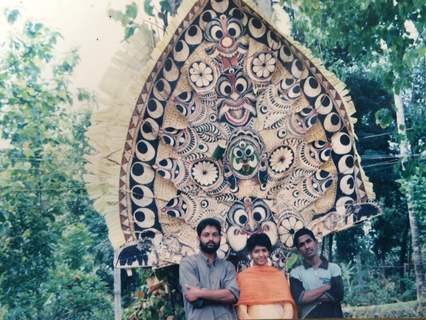
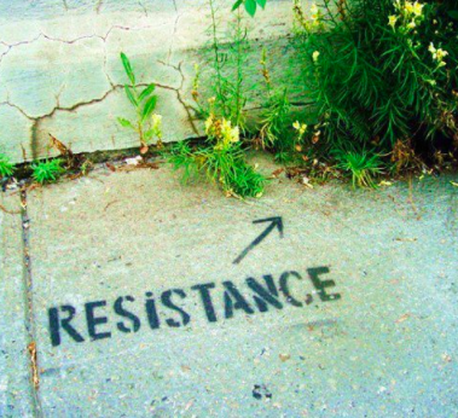
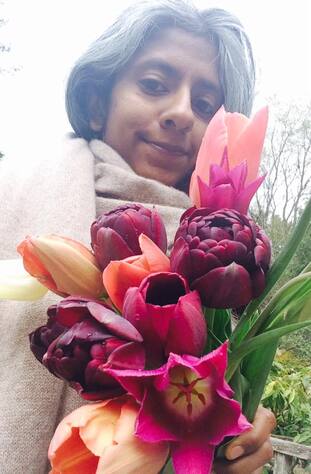
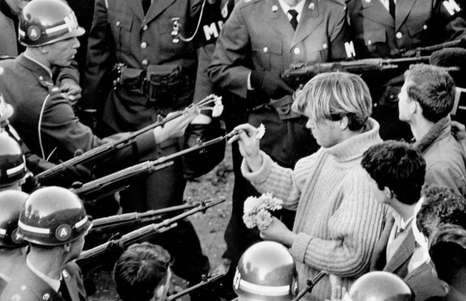
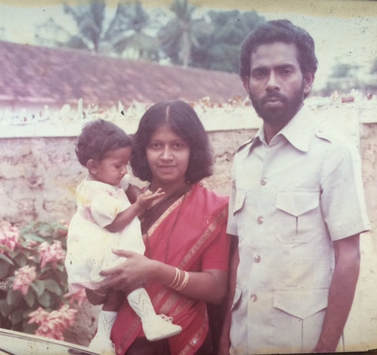
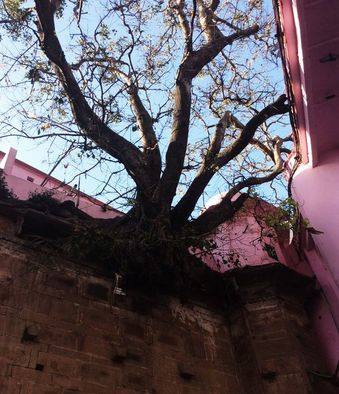
 RSS Feed
RSS Feed